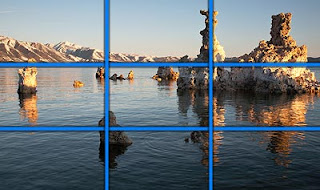The rule of thirds is a powerful compositional technique for making photos more interesting and dynamic.
Balance/Balancing Elements
Balance is a compositional technique in photography that juxtaposes images within a frame so that the objects are of equal visual weight.
Lines/Leading Lines
Leading lines are lines within an image that leads the eye to another point in the image, or occasionally, out of the image.
Simplicity/Background
Keeping things simple sometimes is the best way to get a good photo. Look for uncomplicated backgrounds and try to focus on keeping objects out of the picture that may draw attention away from your subject.
Framing
Framing is the technique of drawing attention to the subject of your image by blocking other parts of the image with something in the scene.
A merger in photography occurs when a background object is directly in front or behind a subject.
Symmetry and Patterns
an object or design that is symmetrical has two halves that are exactly the same shape and size. The pattern was perfectlysymmetrical. symmetrically adverb. Definition of symmetrical from the Longman Dictionary of Contemporary English within. the topic SHAPES, PATTERNS.
viewpoint has a massive impact on the composition of our photo, and as a result it can greatly affect the message that the shot conveys.
Background
The human eye is excellent at distinguishing between different elements in a scene, whereas a camera has a tendency to flatten the foreground and background, and this can often ruin an otherwise great photo.
Create depth
You can create depth in a photo by including objects in the foreground, middle ground and background. Another useful composition technique is overlapping, where you deliberately partially obscure one object with another.
Framing
By placing these around the edge of the composition you help to isolate the main subject from the outside world. The result is a more focused image which draws your eye naturally to the main point of interest.
By cropping tight around the subject you eliminate the background "noise", ensuring the subject gets the viewer's undivided attention.
Mergers and avoiding them
combine or cause to combine to form a single entity


















































